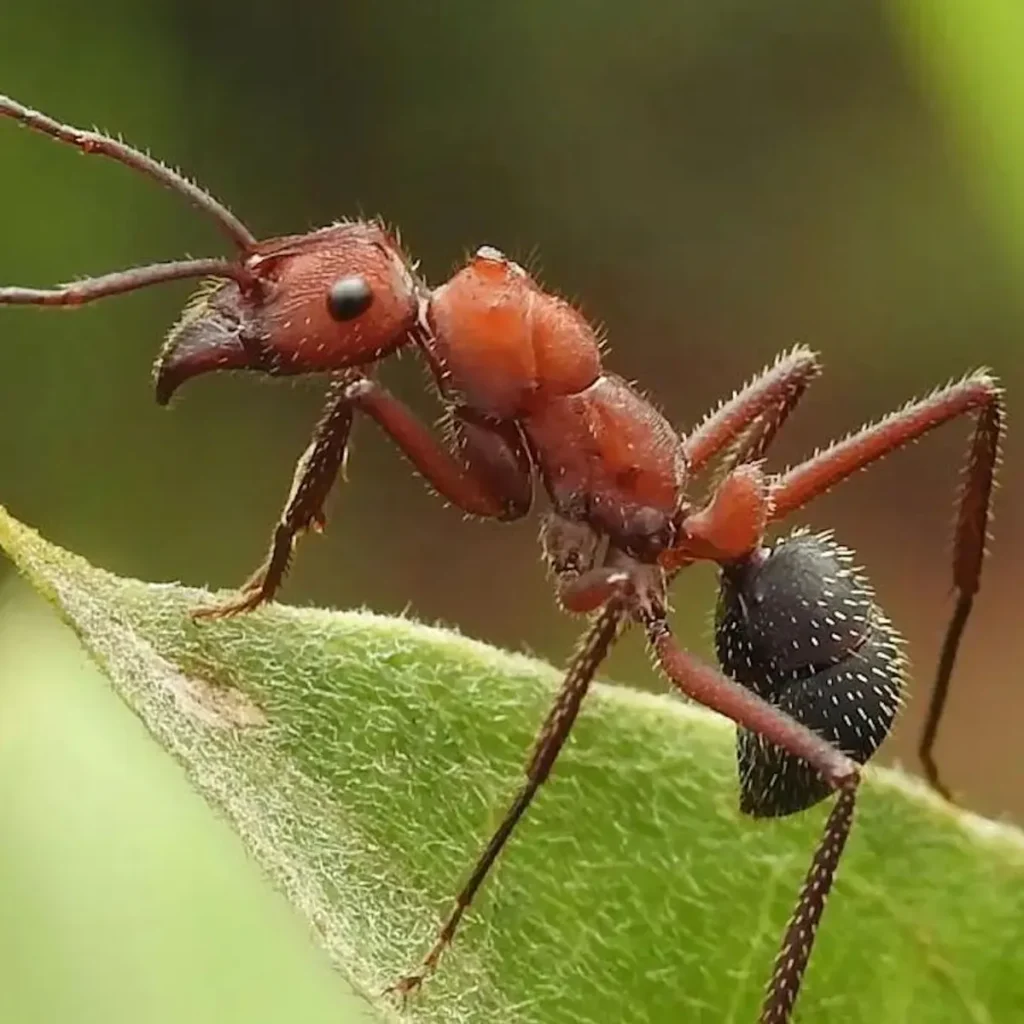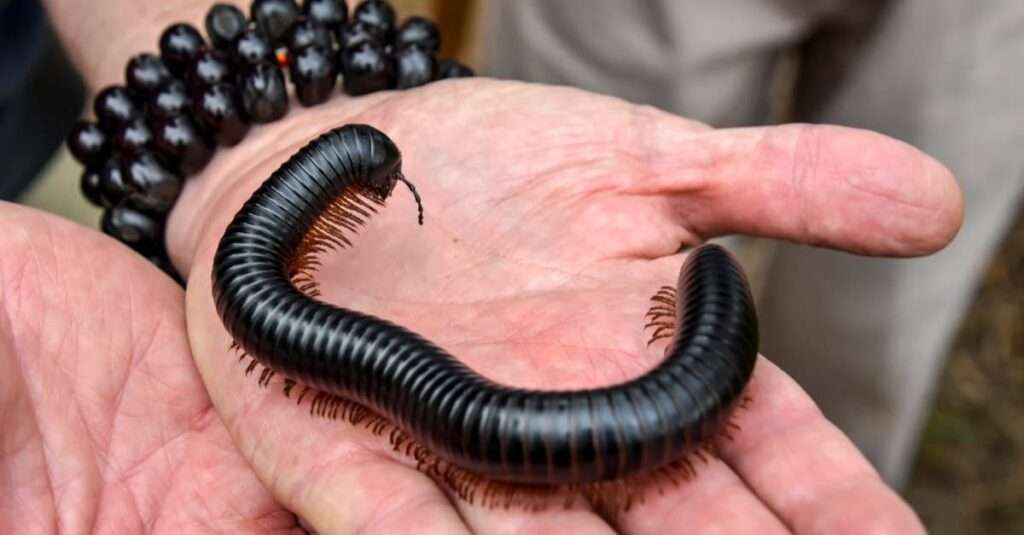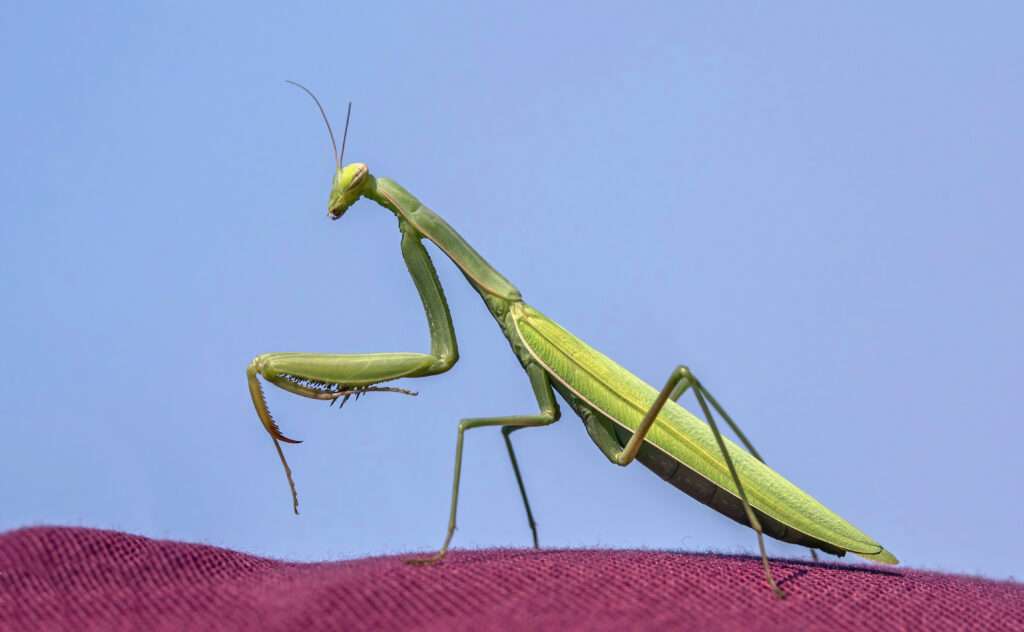
Ants, which belong to the Formicidae family of eusocial insects, have waist-mounted nodes that resemble nodes and geniculate (elbowed) antennae.
Ants create colonies made up of soldiers, wingless sterile females, and other specialized groupings. In some colonies, there are also one or more fertile females called “queens,” as well as fertile males known as “drones.” Ants are regarded for their function as biological pest control agents and have practically colonized every landmass on Earth. Other places of the world consider some ants to be invasive species.
Diet
Ants eat everything; they are omnivores. In the wild, they consume plant sap, various fruits, insects, small living or dead invertebrates, and the milk of aphids and other small Hemiptera. In addition, they consume insect eggs.
Physical Appearance
The ant body is divided into the head, thorax and abdomen. In addition to having geniculate antennae, metapleural glands, and a petiole, which is a small waist between the mesosoma and gaster, ants stand out from other insects by having these features.
Insects have an exoskeleton that serves as both a point of attachment for muscles and a protective shell around the body. They have a dorsal aorta that pumps haemolymph toward the head but no lungs or closed blood arteries.
Head
Compound eyes, three tiny ocelli on top of the head, two antennae, and other sensory organs are all found on an ant’s head. It also possesses an infrabuccal chamber, a small pocket inside the mouth, and two powerful jaws called mandibles.
Mesosoma
The queen’s wings are discarded following the nuptial flight, and the ant’s legs end in hooked claws.

Habitat
Except for Antarctica, they can be found on every continent. Only a small number of major islands, including Greenland, Iceland, some of Polynesia, and the Hawaiian Islands, are devoid of local ant species.
Reproduction
Many ant species have the potential to reproduce asexually, while some species only allow the queen and breeding females to mate. While some ant nests have many queens, others might not.
Mated females look for an appropriate location to start a colony and lay eggs there. The first workers to hatch are referred to as nanitics, and they start working for the colony right away
Conditions to Keep as Pet
- A quick and simple solution is to buy an ant farm from a neighborhood pet shop. The simplest way to do this is to go to a nearby pet supply store and buy an ant colony that is packed with sand. Owners can watch ants as they dig and construct tunnels through these slender, vertical glass structures, which are typically around 12 inches (30 cm) high. Speak to the personnel at the pet store if the farm hasn’t already been filled with sand. To fill the farm, they ought to have some dirt or sand on hand.
- Place the ant farm away from direct sunlight on a stable, flat surface. Set the ant farm on a strong tabletop, desk, or shelf where it won’t be knocked over or fall over after it has been assembled and filled with soil and sand. Additionally, keep the ant farm out of direct sunlight. Avoid placing it immediately in front of a window or a desk lamp. Place it where it will instead get indirect or ambient light.
- To control the temperature of the farm, place a heating mat underneath it. The majority of ant species flourish in climates that are consistently between 20 and 28 °C (68 and 82 °F). Placing an electric heat mat underneath the ant colony will help maintain a constant temperature. Then put a thermometer inside the glass bottle or ant farm so you can monitor the temperature.
Table





